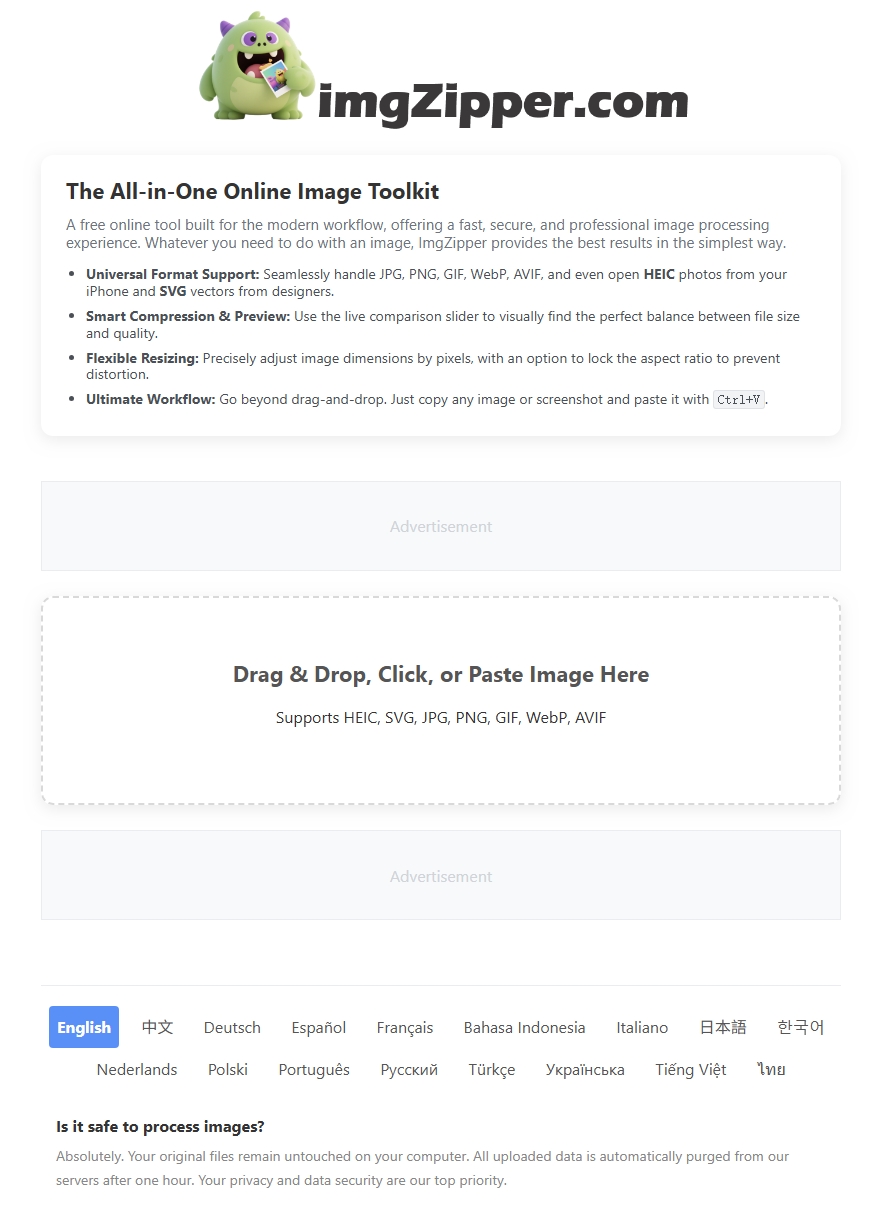I was assigned the task of optimizing images for our company’s new website. The client was insistent on using WebP format, citing its superior compression and faster loading times. Excited to take on the challenge, I got to work, but soon realized it wasn’t going to be as straightforward as I thought.
Every time I converted JPGs to WebP using other tools, the images came out blurry, pixelated, and unrecognizable. The colors were dull, the details were lost, and the overall quality was a far cry from the original JPGs. I spent hours trying different conversion methods, adjusting settings, and even reaching out to online communities for help, but nothing seemed to work.
I was on the verge of giving up, fearing that I would let the client down and damage my professional reputation. But then, I came across ImgZipper. Intrigued by its promise of high - quality conversions, I decided to give it one last try.
When I uploaded the JPG and selected WebP as the output format, I was immediately impressed by the real - time preview feature. I could see exactly how the image would look after conversion, side - by - side with the original JPG. I carefully adjusted the settings, watching as the preview updated in real - time.
The result was astonishing. The WebP images looked identical to the original JPGs, with sharp details, vivid colors, and no signs of distortion. The website’s loading speed improved significantly, and when I presented the optimized images to the client, they were over the moon. ImgZipper is truly a game - changer for image conversion. Its real - time preview feature takes the guesswork out of the process, allowing me to achieve perfect results every time. If you’re struggling with WebP conversions, I highly recommend giving ImgZipper a chance—you won’t be disappointed.
